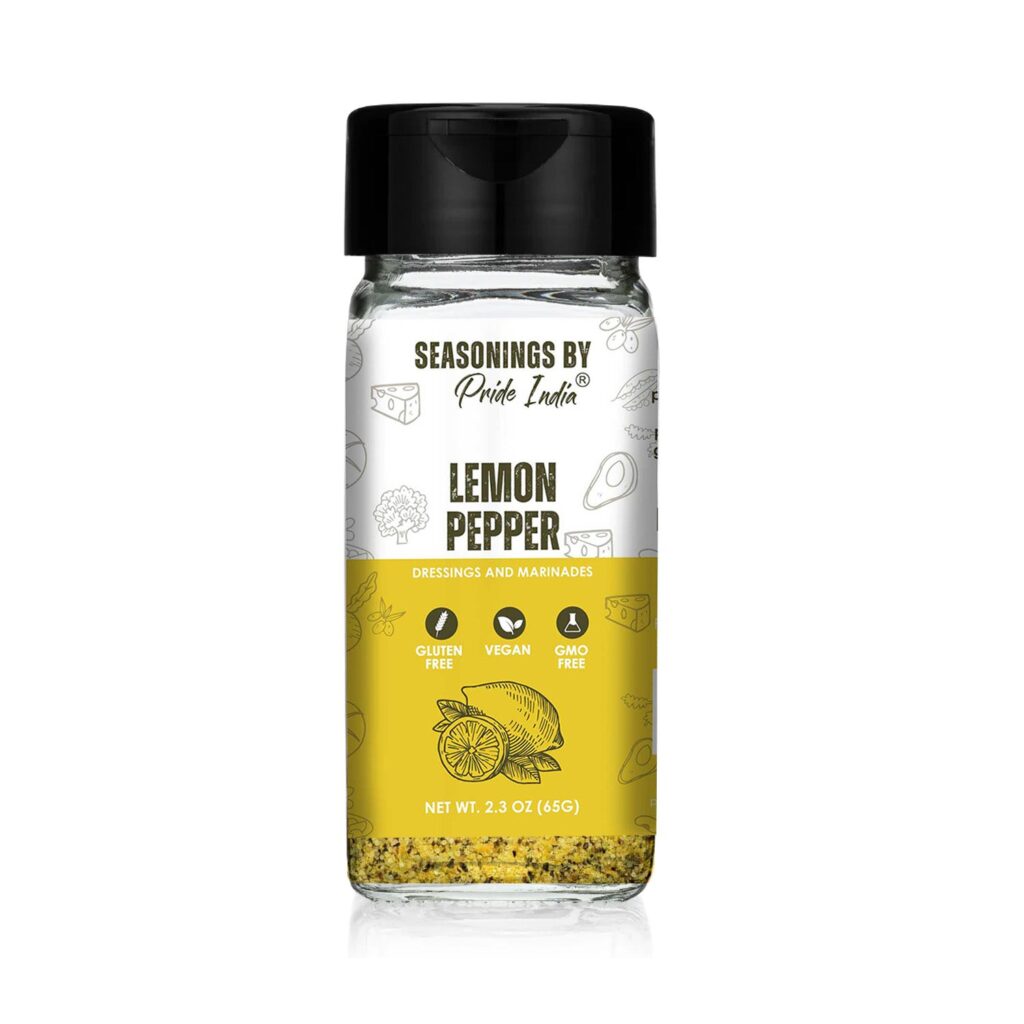Citrus zest, the colorful outer layer of citrus fruits, is a culinary powerhouse that enhances flavors and adds nutritional benefits to dishes. Rich in Vitamin C, flavonoids, fiber, and essential oils, it boosts immune health and promotes overall wellness. Zest can invigorate sweet and savory recipes, from marinades and dressings to baked goods and beverages. For instance, a lemon zest vinaigrette or muffins can elevate flavors significantly. Tips for using zest include washing fruits, using a microplane, and opting for fresh zest for maximum flavor. Incorporating citrus zest into cooking can transform meals into gourmet experiences while offering health benefits.
The Secret Ingredient: How to Elevate Dishes with Citrus Zest
Citrus fruits are more than just a refreshing snack; they are culinary powerhouses packed with flavor, fragrance, and nutritional benefits. Among the various parts of these fruits—the pulp, juice, and skin—citrus zest stands out as a secret ingredient that can elevate any dish, transforming mundane recipes into gourmet experiences. Let’s delve into the world of citrus zest, exploring its uses, nutritional value, and how to incorporate it into our daily meals.
What is Citrus Zest?
Citrus zest is the outermost colored layer of the peel of citrus fruits, such as lemons, limes, oranges, grapefruits, and tangerines. This colorful layer contains essential oils that provide a burst of flavor and aroma, making it a secret weapon in the culinary world. The zest is often used to enhance both sweet and savory dishes, from desserts to marinades, and even cocktails.
Nutritional Value of Citrus Zest
Citrus zest is not just flavorful; it also packs a nutritional punch. It contains several important vitamins, minerals, and bioactive compounds. Here are some key components found in citrus zest:
1. Vitamin C
Citrus zest is an excellent source of Vitamin C, known for its antioxidant properties and its role in boosting the immune system. A single teaspoon of lemon zest can contain up to 1.6 mg of Vitamin C, contributing to your daily needs. Vitamin C also aids in collagen formation, helping to maintain healthy skin, blood vessels, and cartilage.
2. Flavonoids
Citrus zest is rich in flavonoids, particularly hesperidin and diosmin, which are known for their anti-inflammatory and antioxidant effects. Flavonoids also help improve blood circulation and may reduce the risk of chronic diseases.
3. Fiber
Although zest is usually used in small amounts, it still contributes dietary fiber, promoting digestive health. Fiber aids in maintaining bowel regularity and may help lower cholesterol levels.
4. Essential Oils
The essential oils contained in citrus zest are largely responsible for its aromatic qualities. These oils possess antimicrobial properties and can contribute to overall wellness.
Culinary Uses of Citrus Zest
1. Flavor Enhancer
Citrus zest can brighten up flavors in dishes that seem flat or dull. A pinch of lime zest can invigorate a bowl of guacamole, while orange zest can add complexity to a chocolate dessert or a savory glaze.
2. Marinades and Dressings
Adding zest to marinades and salad dressings can infuse a refreshing brightness. For instance, a lemon and garlic marinated chicken not only tastes amazing but benefits from the acidity, which can tenderize the meat.
Recipe Idea: A simple Vinaigrette
- Ingredients:
- 2 tablespoons lemon zest
- 1/4 cup lemon juice
- 1/2 cup olive oil
- 1 teaspoon Dijon mustard
- Salt and pepper to taste
Instructions: Whisk all ingredients together until well combined. Toss with your favorite salad greens for an invigorating dish.
3. Baking and Desserts
In baking, incorporating zest can provide a nuanced layer of flavor. Lemon zest in a pound cake or lime zest in a cheesecake can lift the dish and harmonize beautifully with other ingredients.
Recipe Idea: Lemon Zest Muffins
- Ingredients:
- 1 1/2 cups all-purpose flour
- 2/3 cup sugar
- 1 tablespoon baking powder
- 1/4 teaspoon salt
- 1/2 cup milk
- 1/3 cup vegetable oil
- 1 large egg
- 1 tablespoon lemon zest
Instructions: Preheat the oven to 375°F (190°C). Mix dry ingredients in one bowl and wet in another. Combine and fold in lemon zest. Pour into muffin tins and bake for 15-18 minutes.
4. Beverages
Citrus zest can also enhance drinks, from water infusions to cocktails. A simple vodka tonic with a twist of grapefruit zest or homemade lemonade with lemon zest is incredibly refreshing.
Recipe Idea: Citrus Sparkler
- Ingredients:
- 1 lemon, zested and juiced
- 1 lime, zested and juiced
- 2 tablespoons honey or agave syrup
- Sparkling water
- Fresh mint for garnish
Instructions: In a glass, mix the zest and juice with honey until dissolved. Add sparkling water and ice, then garnish with fresh mint.
Tips for Using Citrus Zest
-
Wash Thoroughly: Ensure you wash citrus fruits under running water to remove any wax or pesticide residue, as the zest is taken from the outer layer.
-
Use a Microplane: For best results, use a microplane or zester to finely grate the zest. Avoid the bitter white pith underneath the skin.
-
Fresh is Best: While dried citrus zest is available, fresh zest provides the most vibrant flavors and nutrients.
- Storage: Store fresh citrus zest in an airtight container in the refrigerator for up to a week or freeze it for longer storage.
Conclusion
Embracing the use of citrus zest in your cooking can unleash a symphony of flavors and add dimensions to your culinary creations. Not only does it elevate the taste profile of dishes, but it also contributes beneficial nutrients that can enhance your overall well-being.
Whether you’re sprucing up a salad dressing, enhancing a dessert, or simply looking to brighten up your water, citrus zest is indeed a secret ingredient worth incorporating into your daily meals. Let the zest of citrus fruits infuse creativity into your cooking, making every dish an aromatic and flavorful adventure!
